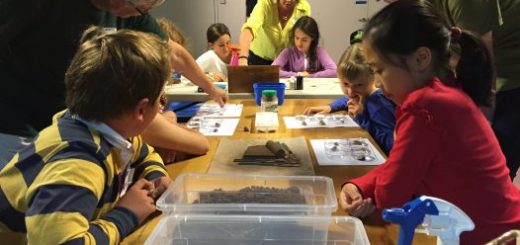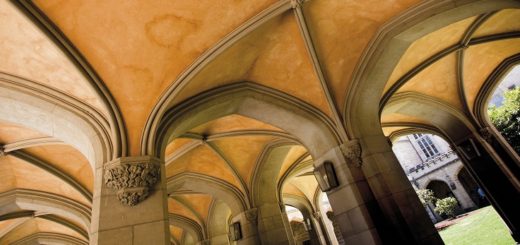Solution? Evolution? Revolution? – Why evaluation is key to taking ILEs from fad to agent for change
A guest post by Dr Terry Byers, ILETC researcher, summarising research conducted at Chruchie as part of his PhD (recently published in Learning Spaces Magazine)
A review of the literature around Innovative Learning Environments (ILEs) reveals a lack of data to adequately evaluate the claims around their impact on both teachers and students. Often the conversations around new learning environments have been driven by academic articles, small sample qualitative case studies, and post-occupancy evaluations of tertiary spaces. There is a lack of understanding of exactly what happens when these new spaces are in use and how teachers’ pedagogies change. Furthermore, there are few effective evaluative frameworks able to elicit the evidence concerning their pedagogical effect and whether student learning experiences and outcomes are impacted upon in any way (positive or negative).
Evaluation is central to ensuring the current euphoria around ILEs will last beyond an ‘educational fad’ and achieve their much-purported promise. The open-plan movement of the 1960’s and 70’s failed due to its overt architectural focus, lack of teacher consultation through the design process, or professional development of teachers through the initial occupation. The lack of evaluation meant that the same issues were replicated time and time again, with little support for teachers to align their practices and pedagogies to the architectural affordances of the open-plan design. History could repeat itself if designs with a radically different spatial paradigm present a chasm of change too great for both teachers and students to traverse, unless supported by sustained in-situ support.
The Impact of Evaluation – Making the rhetoric the reality around ILEs
There are a small number of examples, where evaluation of different learning spaces has driven sustained and measured improvement in schools. One such example is the seven-year partnership between the Anglican Church Grammar School (Churchie) and the University of Melbourne’s Learning Environments Applied Research Network (LEaRN) through the work of Associate Professor Wes Imms. The partnership started with a modest refurbishment of a single classroom space in 2011 and development of an evidence base and corporate understanding to inform the strategic building projects ‘Hayward Midson Creative Precinct’ and ‘the Centenary Library’. The evaluative process provided evidence that both traditional classroom and open-plan spaces impose a similar restrictive pedagogical paradigm on its occupants, with neither able to support the complete pedagogical cycle.
The iterative and longitudinal process of evaluation not only identified those designs, materials, and technologies that worked (and those that did not) but developed the spatial competency of its teachers. Central to their success was the provision of continuous feedback to individual teachers, which developed a pedagogical understanding of what different spatial layouts (both traditional and ILE) can and cannot support (spatial competency). This iterative process improved teacher understanding of their general practice and highlighted the correlation with improvements in student academic outcomes. It supported a perceptible change in the teaching culture of the school. Teachers are more perceptible to opening up their classroom to peer observations and engaging in conversations about their practice informed by observational feedback. There is a growing cohort of teachers actively discussing how different technologies and spaces affects their practice and the shapes student learning experiences.



